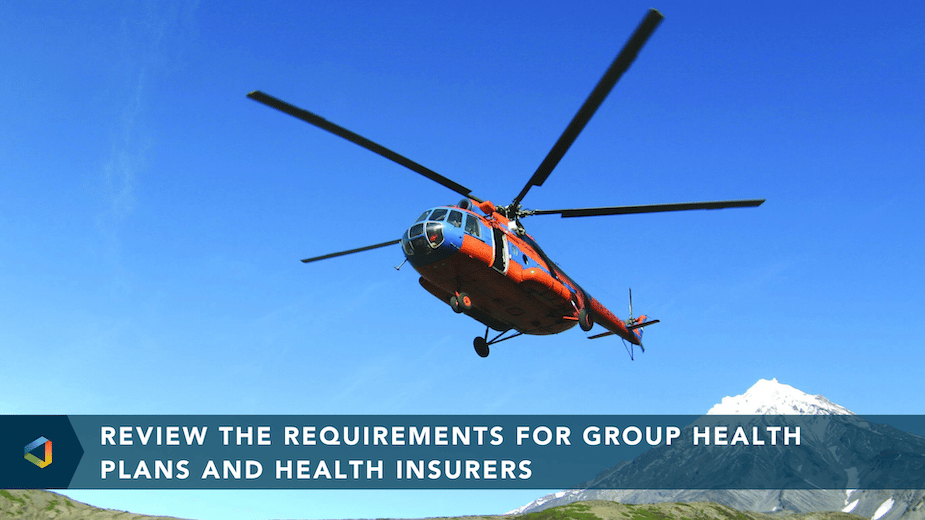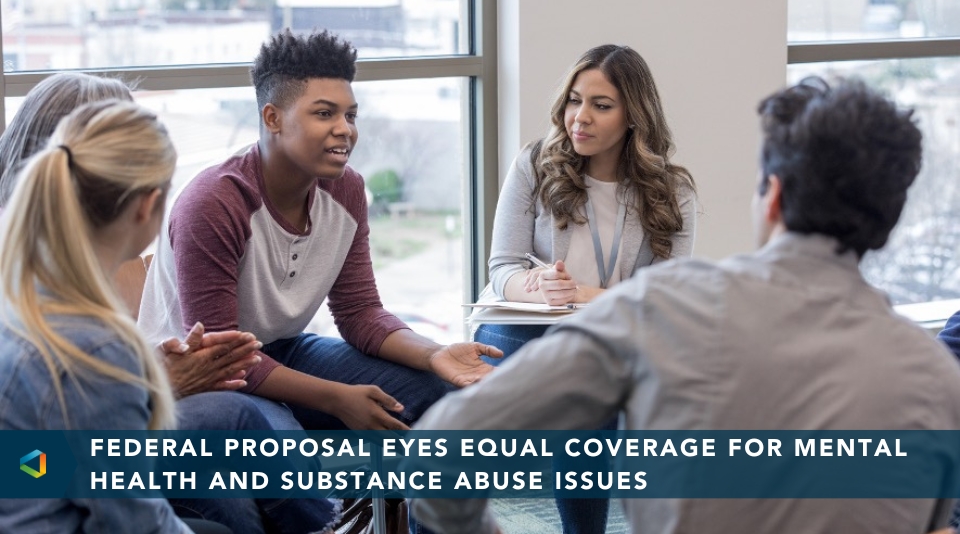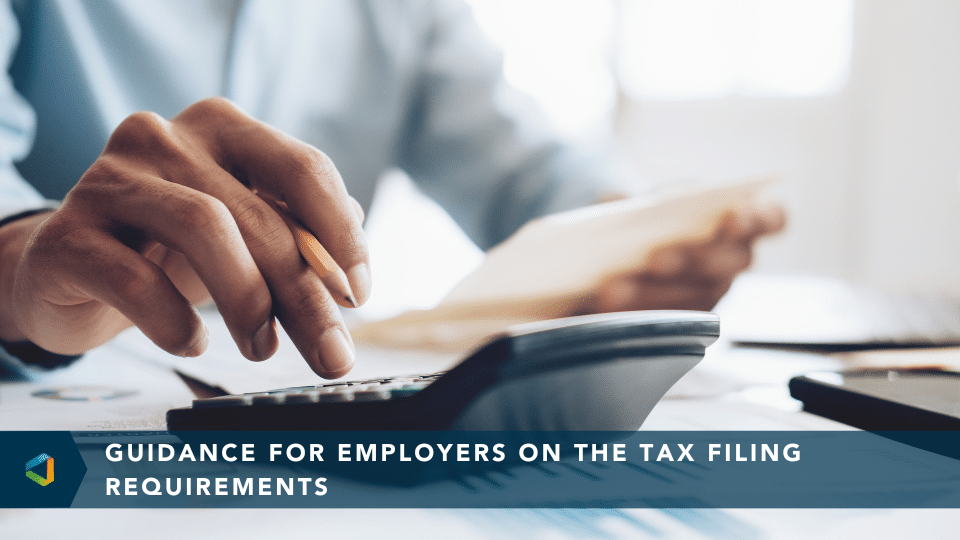Compliance Confidence
Departments Release Latest Round of Final Rule Related to Surprise Billing
Departments Release Latest Round of Final Rule Related to Surprise Billing
On August 19, 2022, the Departments of Health and Human Services (HHS), Labor (DOL), and the Treasury (the Departments) released another Final Rule related to the Surprise Billing Provisions of the No Surprises Act (Act).
This Final Rule expounds on the July 2021 Interim Final Rule, which includes a ban on surprise billing for emergency services, out-of-network cost sharing for emergency and non-emergency services, and air ambulance services provided by out-of-network providers. This new Final Rule also revises the October 2021 third interim final rule that explained the Independent Resolution Process.
One of the requirements of the July 2021 Interim Final Rule is that plans and issuers must disclose the Qualified Payment Amount (QPA), defined as the plan’s median contracted rate, for each item or service when the QPA serves as the amount upon which cost sharing is based. This disclosure must be made to health providers, facilities, and air ambulance service providers with each initial payment of notice of denial of payment.
The Downcode
In response to public comments, this latest Final Rule introduces the term “downcode” as a way to ensure health providers, facilities, and air ambulance service providers have the information they need to engage in “meaningful open negotiations”.
The Final Rule defines “downcode” as “the alteration by a plan or issuer of the service code to another service code or the alteration, addition, or removal by a plan or issuer of a modifier, if the changed code or modifier is associated with a lower QPA than the service code or modifier billed by the provider, facility, or provider of air ambulance services.”
Put more simply, if a QPA is based on a downcoded service code or modifier, when the plan or issuer provides its initial payment or notice of denial, it must include:
- A statement that the service code or modifier billed by the provider, facility, or air ambulance service provider was downcoded;
- An explanation of why the claim was downcoded, along with a description of which service codes or modifiers were altered, added, or removed, if any; and
- The amount that would have been the QPA if the service code or modifier had not been downcoded
Changes to the Independent Dispute Resolution Process
In February and July of 2022, a federal district court vacated certain requirements of the October 2021 interim final rule. In response to that decision, the Final Rule eliminates the requirement that an Independent Dispute Resolution (IDR) entity must select the offer closest to the QPA, absent credible information submitted by the parties that could show the QPA was materially different than the out-of-network rate. Now, IDR entities may select the offer that best represents the cost of the item or service after factoring in the QPA and all permitted information presented by each party.
Certified IDR entities must still explain their decisions by submitting a written decision to the parties and the Departments. The decision must contain an explanation of the information the IDR entity used to determine the cost of the item or service.
If the IDR entity factors in additional information when selecting an offer, the written decision must also explain why the information was not already reflected in the QPA.
Notice and Disclosure
The Departments also published new FAQs on the No Surprises Act. In addition to answering questions on the machine-readable file requirements, the FAQs also reiterated that plans, insurers, facilities, and providers must post a notice about the patient protections and balance billing requirements on a publicly available website.
Similar to the rule for machine-readable files, the FAQs state that if a group health plan sponsor does not have a website, they may comply with the notice and disclosure requirement by entering into a written agreement with their service provider. Nothing in the rules or FAQs requires the plan to create its own website for purposes of providing a link. This guidance applies specifically where a public website already exists for the plan sponsor (typically the employer) but may not exist for its group health plan.
What does this all mean for your health plan?
The No Surprises Act and the interim final rules aim to “protect participants, beneficiaries, and enrollees in group health plans and group and individual health insurance coverage from surprise medical bills when they receive emergency services, non-emergency services from nonparticipating providers at participating facilities, and air ambulance services from nonparticipating providers of air ambulance services, under certain circumstances.”
These rules apply to nearly every type of group and individual coverage. For this reason, plan sponsors should talk with their carrier and/or TPA as soon as possible to ensure that a compliance plan is in place and that all parties are aware of how these responsibilities have been divided.
If you have questions about the No Surprises Act or any of its attending regulations, contact your OneDigital consultant. For the latest compliance and regulatory updates watch: Need-to-Know Quarterly Compliance Recap for Employers.
Share
Related News & Updates

Article
IRS Issues Final Rule to Fix “Family Glitch”
10.12.2022

Article
Update on 2023 Air Ambulance Reporting
3.09.2023


